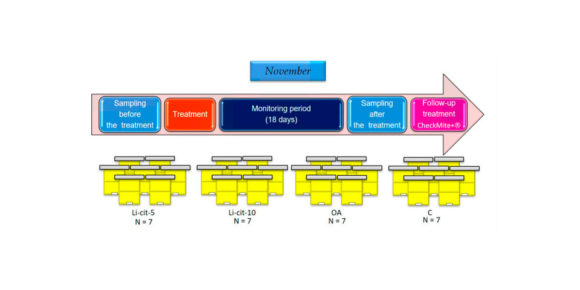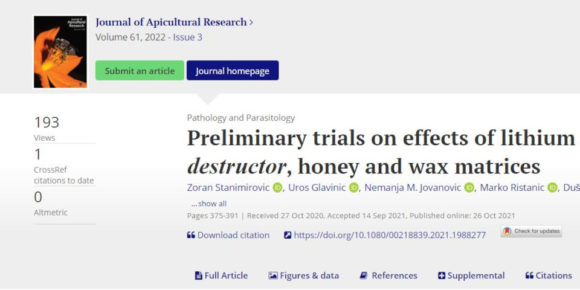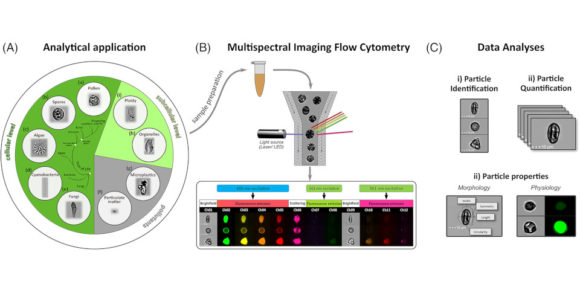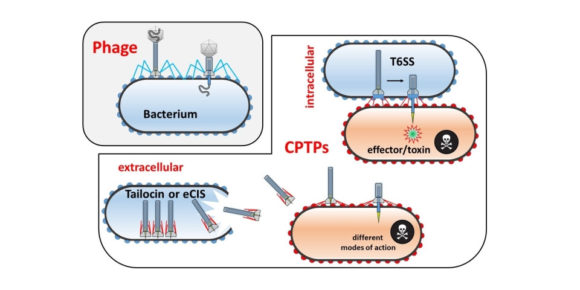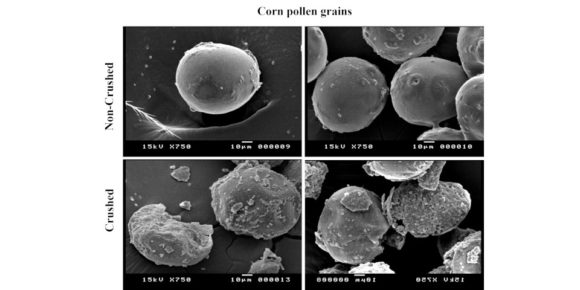A Spotlight on the Egyptian Honeybee (Apis melliferalamarckii)
Egypt has an ongoing long history with beekeeping, which started with the ancientEgyptians making various reliefs and inscriptions of beekeeping on their tombs and temples. TheEgyptian honeybee (Apis mellifera lamarckii) is an authentic Egyptian honeybee subspecies utilized inapiculture. A. m. lamarckii is a distinct honeybee subspecies that has a particular body color, size, andhigh levels…







